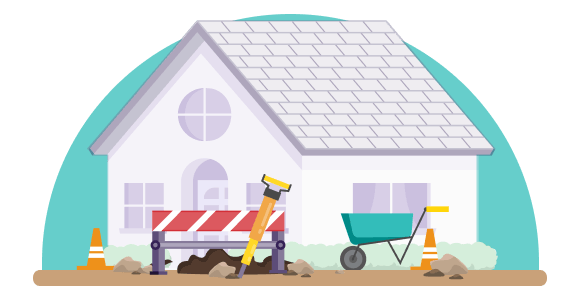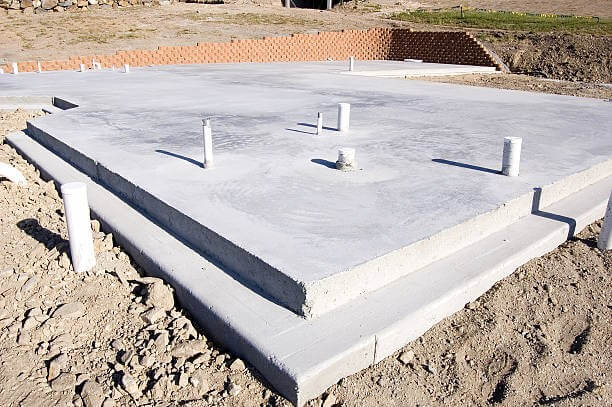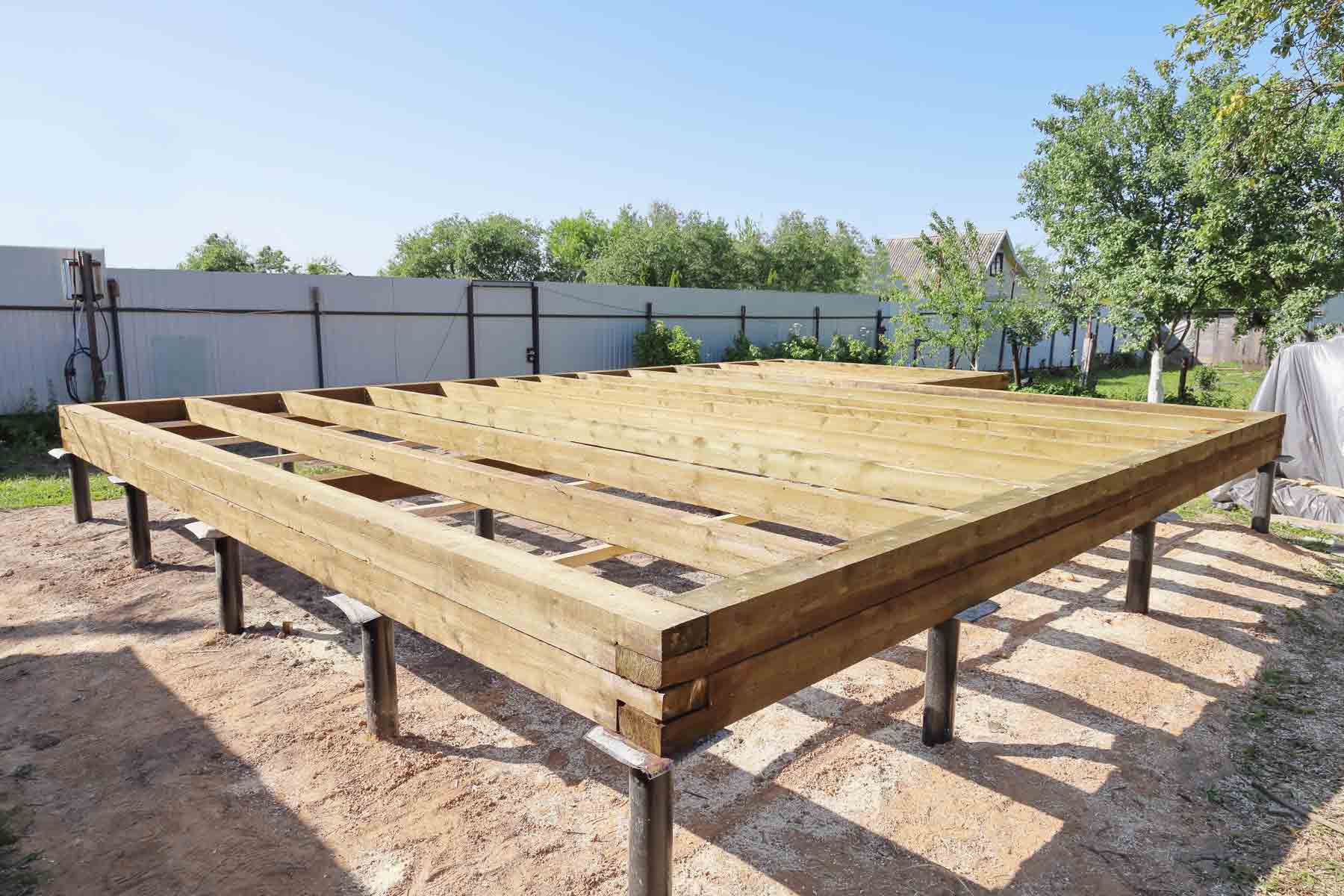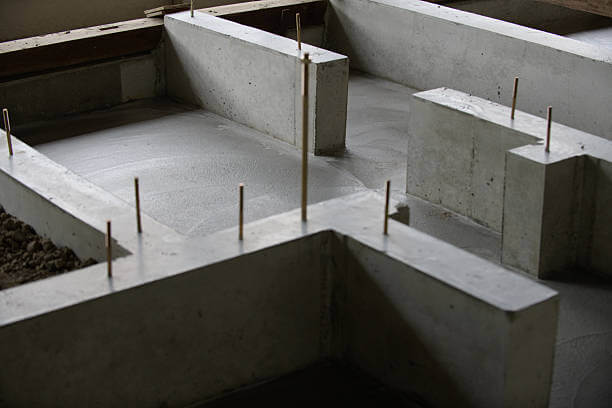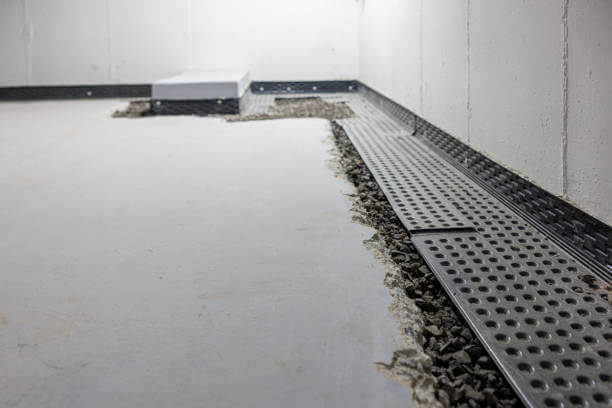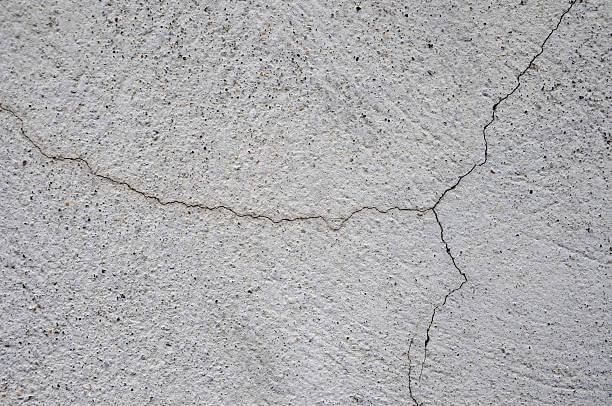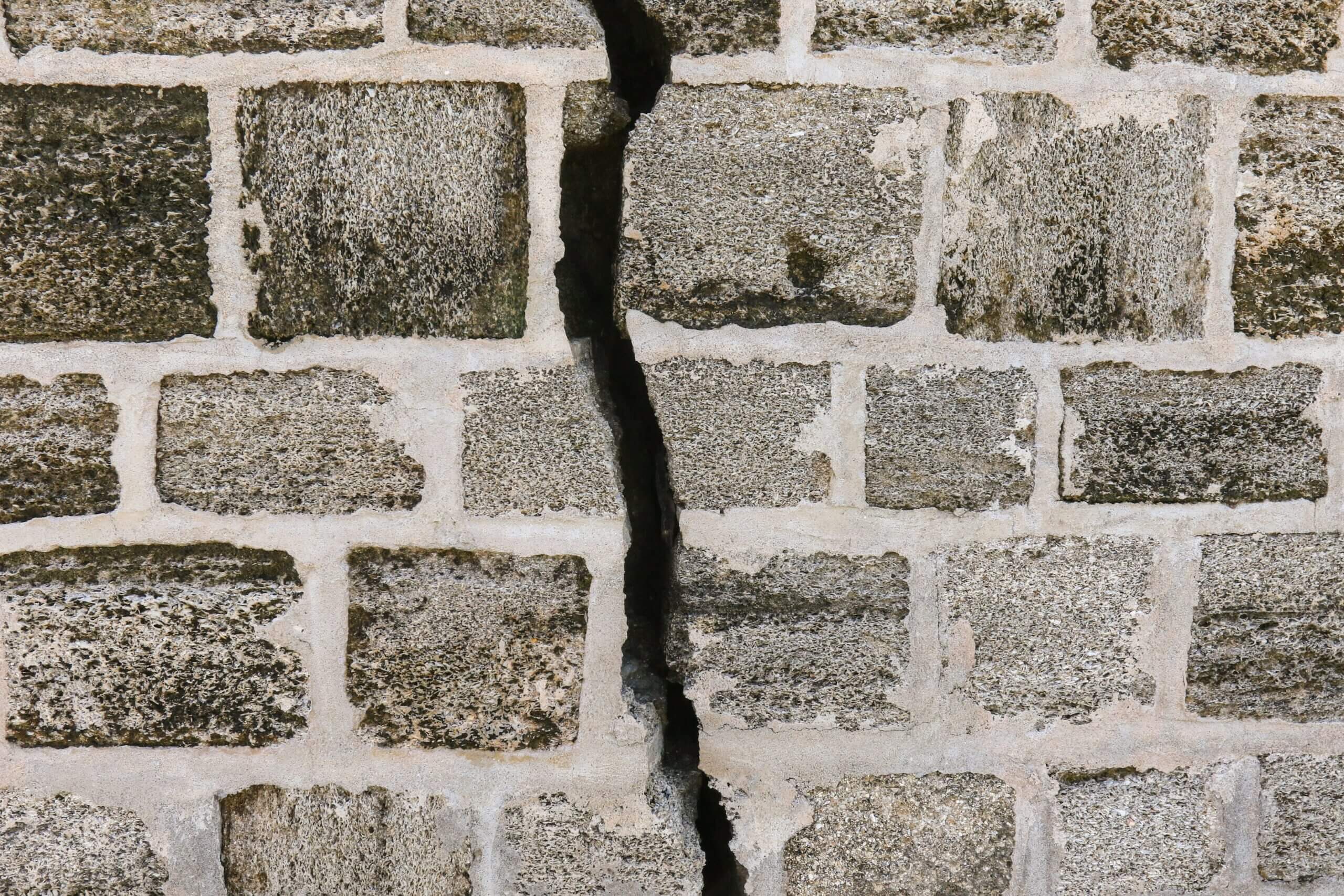What Are Foundation Problems?
Foundation issues are structural problems that affect the base of a home. They are most often caused by soil movement, water damage, or construction flaws. Because the foundation supports walls, floors, and the roof, even small problems can lead to safety risks, costly repairs, and reduced property value. By spotting issues early, you can prevent minor cracks or shifts from turning into major structural failures.
Quick Reference: Common Foundation Problems
| Problem | Warning Signs | Causes | Fixes |
|---|---|---|---|
| Cracks in walls | Vertical/horizontal cracks, efflorescence | Soil movement, water pressure | Epoxy seal, wall anchors |
| Uneven floors | Sloping or bouncing floors | Moisture damage, settling | Reinforce joists, install piers |
| Sticking doors/windows | Misaligned frames | Foundation shifts, swelling soils | Adjust frames, install piers |
| Water intrusion | Mold, musty odors, damp walls | Drainage issues, wall cracks | Waterproofing, sump pumps |
| Sinking foundation | One side lower, chimney leaning | Erosion, poor soil compaction | Helical piers, mudjacking |
| Bowing walls | Inward-curving basement walls | Hydrostatic pressure | Wall anchors, carbon fiber |
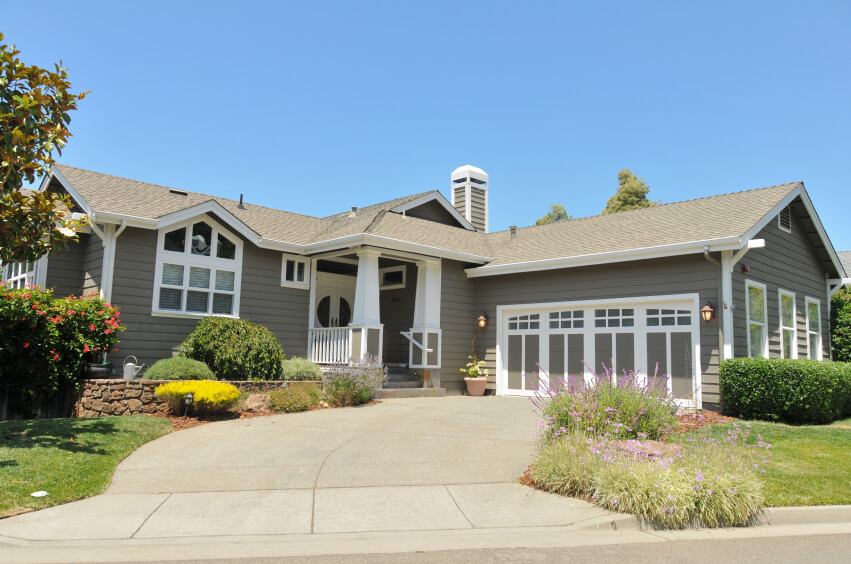
What Causes Foundation Issues?
Usually, foundation issues result from changes in soil, water levels, or structural weaknesses over time. The most common cause is soil movement. Expansive clay soils swell when wet and shrink when dry, which shifts the foundation.
Poor drainage adds pressure by letting water collect near the foundation, which can crack or bow walls. Soil that was not compacted properly during construction may settle unevenly. Additionally, tree roots can also disturb the soil and create gaps under the structure.
Extreme weather conditions, such as droughts or heavy rainfall, can speed up soil erosion and weaken support. Finding the root cause of foundation issues is key to choosing the right repair method and preventing future problems.
What Are the Most Common Foundation Issues?
Foundation problems often develop slowly. While some are minor and cosmetic, others threaten your home’s structure if ignored. Below, we outline the most common types of foundation problems, along with their signs, causes, and typical repair solutions.
1. Cracks in Walls and Ceilings
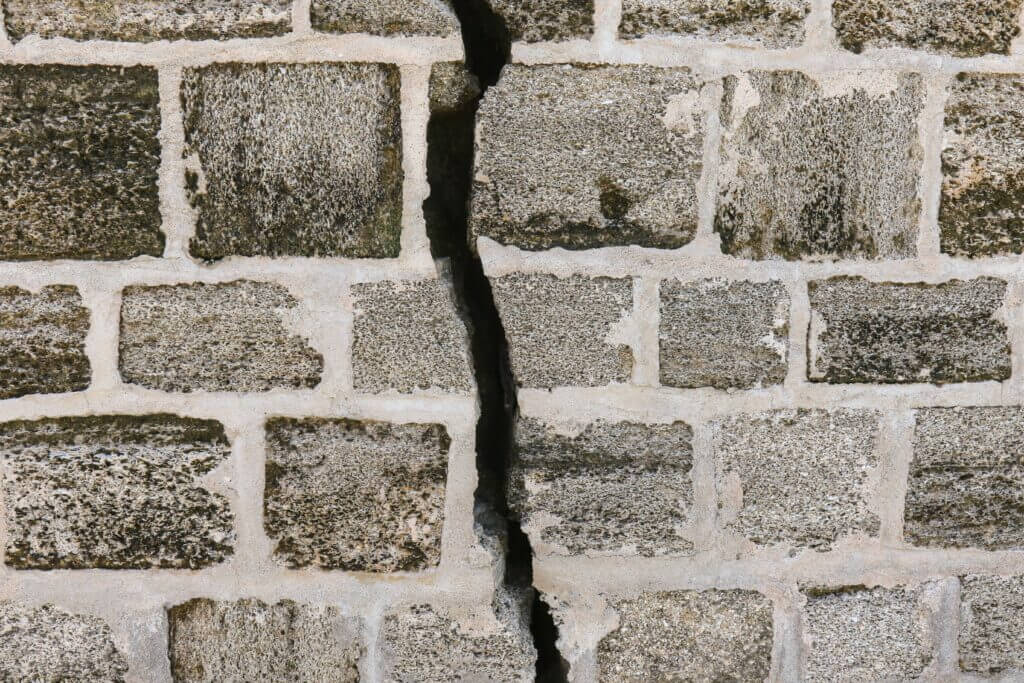
Signs: Vertical, horizontal, or stair-step cracks in drywall, ceilings, or exterior brickwork. Efflorescence (white residue) or water stains may appear around cracks.
Causes: Soil expansion and contraction, hydrostatic water pressure, natural settling, or uneven weight distribution.
Typical Fixes:
- Seal minor cracks with epoxy or polyurethane injections.
- Reinforce shifting walls with carbon fiber strips or wall anchors.
- Improve drainage around the home to relieve water pressure.
» See our full guide on foundation repair methods for detailed solutions.
2. Uneven or Sagging Floors
Signs: Floors that slope, bounce, or separate from baseboards; loose or creaky boards.
Causes: Moisture-damaged joists, foundation settling, or poorly compacted soil beneath the home.
Typical Fixes:
- Reinforce or replace damaged beams and joists.
- Install dehumidifiers and improve crawl space airflow.
- Use pier-and-beam systems for major settling.
» Learn how much pier and beam foundation repair costs in our price breakdown guide.
3. Sticking Doors and Windows
Signs: Doors and windows that won’t open or close smoothly; cracks radiating from frame corners; visible gaps between frames and walls.
Causes: Shifting foundations that misalign frames, swelling soils that expand and contract, or uneven construction.
Typical Fixes:
- Plane or adjust frames for minor alignment issues.
- Install foundation piers to stabilize severe shifting.
4. Water Intrusion and Moisture Issues
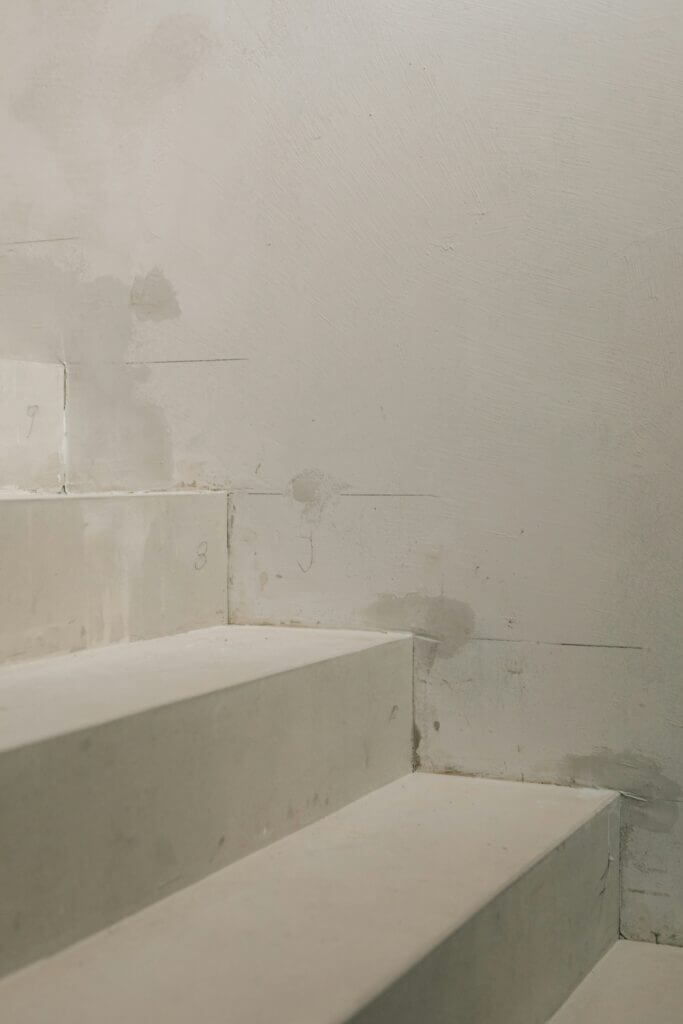
Signs: Damp basements or crawl spaces, musty odors, mold growth, or standing water near foundation walls.
Causes: Poor drainage, cracked foundation walls, or high groundwater levels.
Typical Fixes:
- Install French drains or regrade the landscape to redirect water.
- Seal cracks with hydraulic cement or waterproof coatings.
- Use sump pumps and dehumidifiers for ongoing moisture control.
5. Sinking or Settling Foundation
Signs: One side of the home sits lower than the other, chimneys leaning, or large cracks forming in exterior walls.
Causes: Soil erosion, drought followed by heavy rains, or poorly compacted soil during construction.
Typical Fixes:
- Lift and stabilize the foundation with steel or helical piers.
- Use mudjacking or foam injection for smaller leveling projects.
» Read our full guide on identifying and repairing a sinking foundation.
6. Bowing or Bulging Walls
Signs: Basement walls that curve inward, horizontal cracks, or gaps forming between walls and ceilings.
Causes: Hydrostatic pressure from saturated soil, freeze-thaw cycles, or weakened construction materials.
Typical Fixes:
- Stabilize with wall anchors or steel braces.
- Reduce water buildup with better exterior drainage.
- Apply carbon fiber reinforcement in less severe cases.
How Can You Prevent Foundation Problems?
Preventing foundation damage is easier (and cheaper) than repairing it. Use this checklist to help protect your home:
- Maintain drainage. Keep gutters clear and extend downspouts at least 5 feet away from the foundation.
- Control soil moisture. Water the soil evenly during dry months to prevent shrinkage; avoid oversaturation.
- Fix leaks quickly. Repair plumbing leaks to stop water from eroding soil under the foundation.
» Related: Foundation Slab Leak Repair Cost - Inspect regularly. Look for hairline cracks, sticking doors, or water seepage to catch issues early.
- Manage landscaping. Plant trees at least 20 feet from your home; avoid deep-rooted shrubs near foundation walls.
- Prepare for seasonal changes.
- Summer: Water soil around the home to prevent shrinkage.
- Rainy season: Check drainage to keep water flowing away.
- Winter: Seal cracks and insulate to reduce freeze-thaw damage.
» Read more about seasonal maintenance in our guide to fall and winter foundation maintenance tips.
Protect Your Home’s Foundation for the Future
Foundation problems can feel overwhelming, but most issues can be managed if they’re caught early. By recognizing the signs, understanding the causes, and applying the right solutions, you can protect your home’s stability and avoid major repair bills.
If you suspect foundation damage:
- Start with a professional inspection to confirm the problem.
- Review different foundation repair methods to understand your options.
- Check our foundation repair cost guide to budget effectively.
» When in doubt, consult a foundation repair specialist. Taking action early can save you money, prevent safety hazards, and keep your home secure for years to come.
Compare top-rated foundations pros in your area.
Read real homeowner reviews, explore qualifications, and view promotions. Modernize makes it easy to browse professionals and find one that will be perfect for your project.
